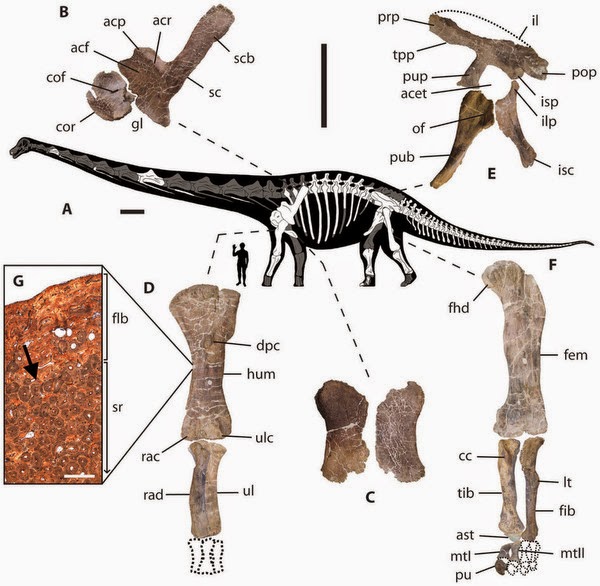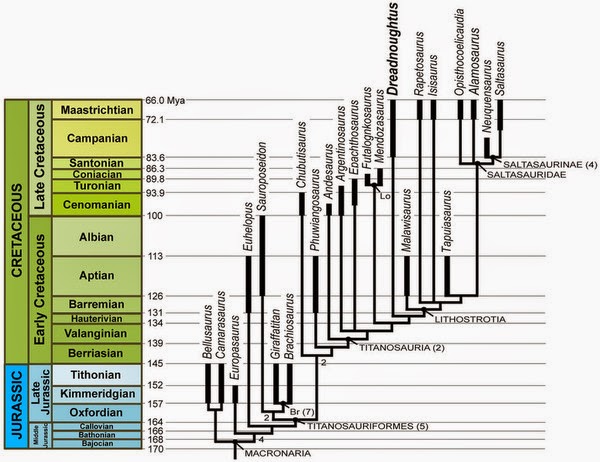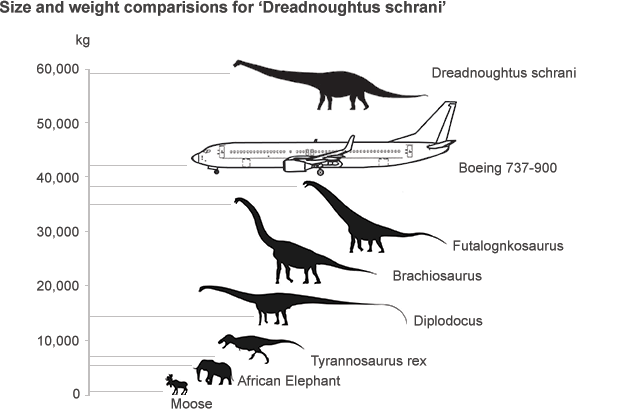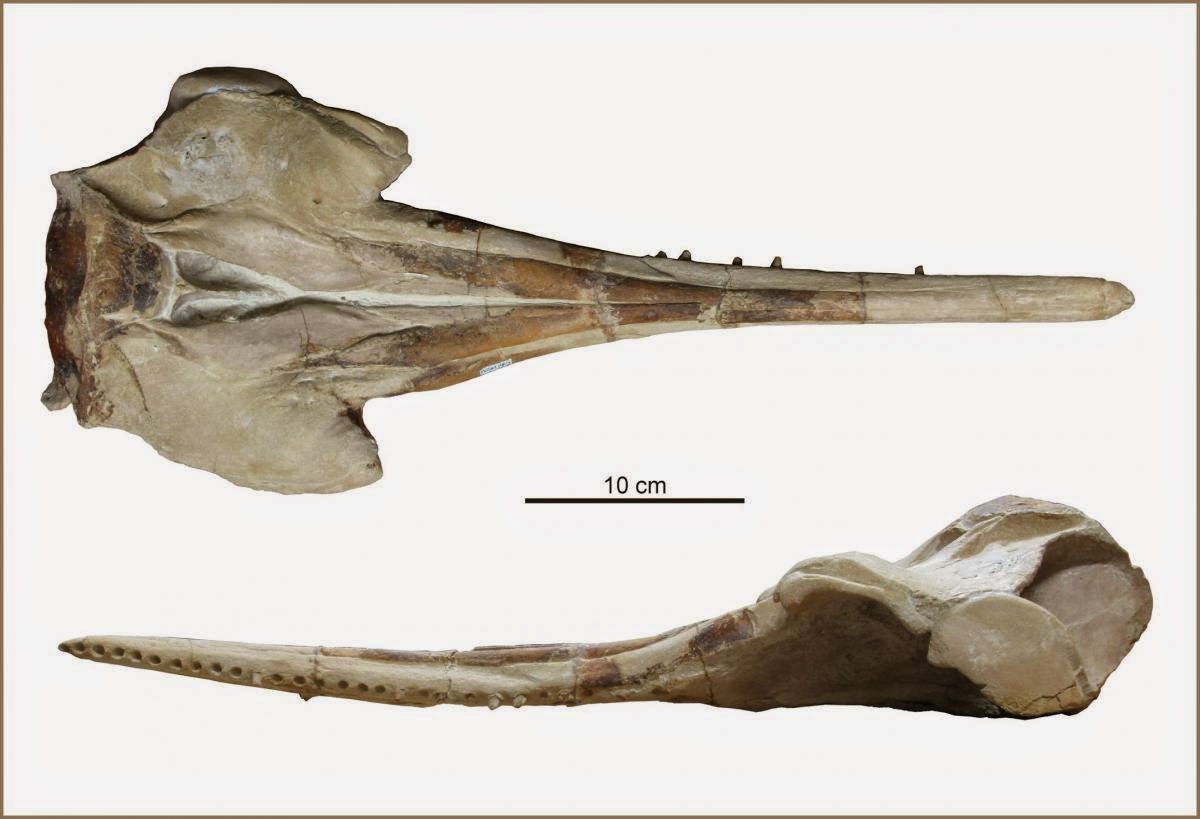 |
| Sub-adult male White-faced Saki Pithecia pithecia Photo: Russell A. Mittermeier, Conservation International | IUCN.org |
Abstract
For more than 200 years, the taxonomy of Pithecia has been floating on the misunderstanding of a few species, in particular P. pithecia and P. monachus. In this revision, historical names and descriptions are addressed and original type material is examined. For every museum specimen, all location, collection, and museum data were recorded, and photographs and measurements of each skin, skull, mount, or fluid specimen were taken. The revision is based on work conducted in 36 museums in 28 cities from 17 countries in North America, South America, Europe, and Japan, resulting in the examination of 876 skins (including mounts and fluids), 690 skulls, and hundreds of photographs taken by the author and by colleagues in the field of living captive and wild sakis of all species, and through internet searches. Per this revision, there are 16 species of Pithecia: five currently recognized, three reinstated, three elevated from subspecies level, and five newly described.
Key Words:Pithecia, saki, taxonomy, revision, new species, P. pithecia, P. monachus
 |
| Male Buffy Saki Pithecia albicans Photo: Russell A. Mittermeier, Conservation International |
Classification
Equatorial saki, Pitheciaaequatorialis(Hershkovitz, 1987)
White-footed saki or Buffy saki, Pitheciaalbicans (Gray, 1860)
Cazuza's saki, PitheciacazuzaiMarsh, 2014
Golden-faced saki, Pitheciachrysocephala(I. Geoffroy Saint-Hilaire, 1850)
Hairy saki, Pitheciahirsuta (Spix, 1823)
Burnished saki, Pitheciainusta (Spix, 1823)
Rio Tapajós saki or Gray's bald-faced saki,Pitheciairrorata (Gray, 1842)
Isabel's saki, Pitheciaisabela Marsh, 2014
Monk saki, Pitheciamonachus (É. Geoffroy Saint-Hilaire, 1812)
Miller's saki, Pitheciamilleri (J. A. Allen, 1914)
Mittermeier's Tapajós saki, Pitheciamittermeieri Marsh, 2014
Napo saki, Pithecianapensis(Lönnberg, 1938)
White-faced saki, Pitheciapithecia (Linnaeus 1766)
Pissinatti’s bald-faced saki, Pitheciapissinattii Marsh, 2014
Rylands' bald-faced saki,Pitheciarylandsi Marsh, 2014
Vanzolini's bald-faced saki, Pitheciavanzolinii(Hershkovitz, 1987)
Mittermeier's Tapajos Saki Pithecia mittermeieri:: Ryland's Bold-faced SakiPithecia rylandsi
Illustration: Stephen Nash, Conservation International
 |
| Cazuza's saki, Pithecia cazuzai Marsh, 2014 |
 |
| Isabel's saki, Pithecia isabela Marsh, 2014 |
Laura K. Marsh. 2014. A Taxonomic Revision of the Saki Monkeys, Pithecia Desmarest, 1804. Neotropical Primates. 21(1); 1-163.
Study describes five new species of Amazonian Saki Monkey
A major taxonomic revision of the saki monkeys (genus Pithecia) has revealed the existence of five new saki species.
Resumen
Por más de 200 años, la taxonomía de Pithecia ha estado flotando en la confusión de unas pocas especies, en particular P. pithecia y P. monachus. En esta revisión, los nombres históricos y descripciones son abordadas y el material tipo original es examinado. Para cada espécimen de museo, todos los datos de localidad, colección y museo fueron registrados, y fotografías y medidas de cada piel, cráneo, montaje, o especímenes conservados en fluido fueron tomadas. La revisión está basada en trabajo llevado a cabo en 36 museos en 28 ciudades de 17 países en Norte América, Sur América, Europa, y Japón, resultando en la examinación de 876 pieles (incluyendo montajes y fluidos), 690 cráneos, y cientos de fotografías tomadas por la autora y por colegas en el campo, de individuos vivos en cautiverio o estado silvestre de todas las especies de Pithecia, y mediante búsquedas en internet. Con base en esta revisión, hay 16 especies de Pithecia: cinco actualmente conocidas, tres reclasificadas, tres elevadas del nivel de subespecie y cinco nuevas descritas.
Palabras Clave: Pithecia, saki, taxonomía, revisión, nueva especie, P. pithecia, P. monachus






























































